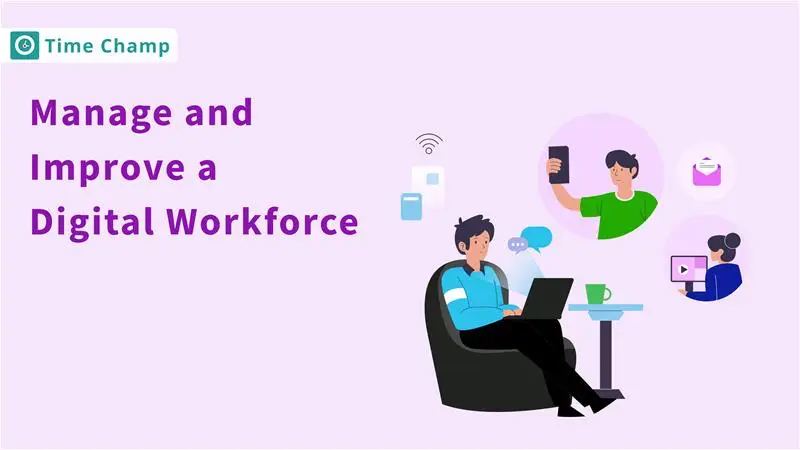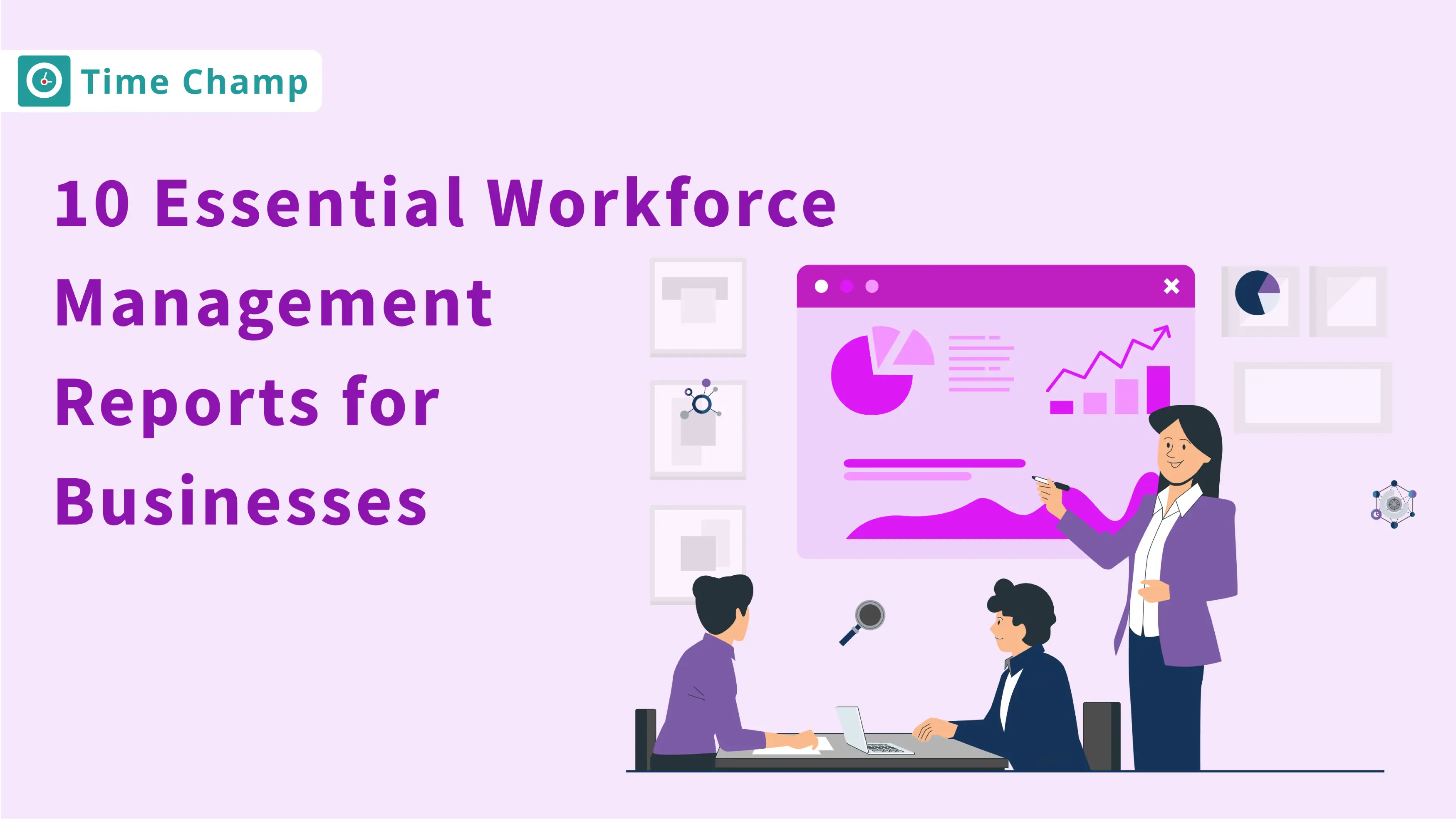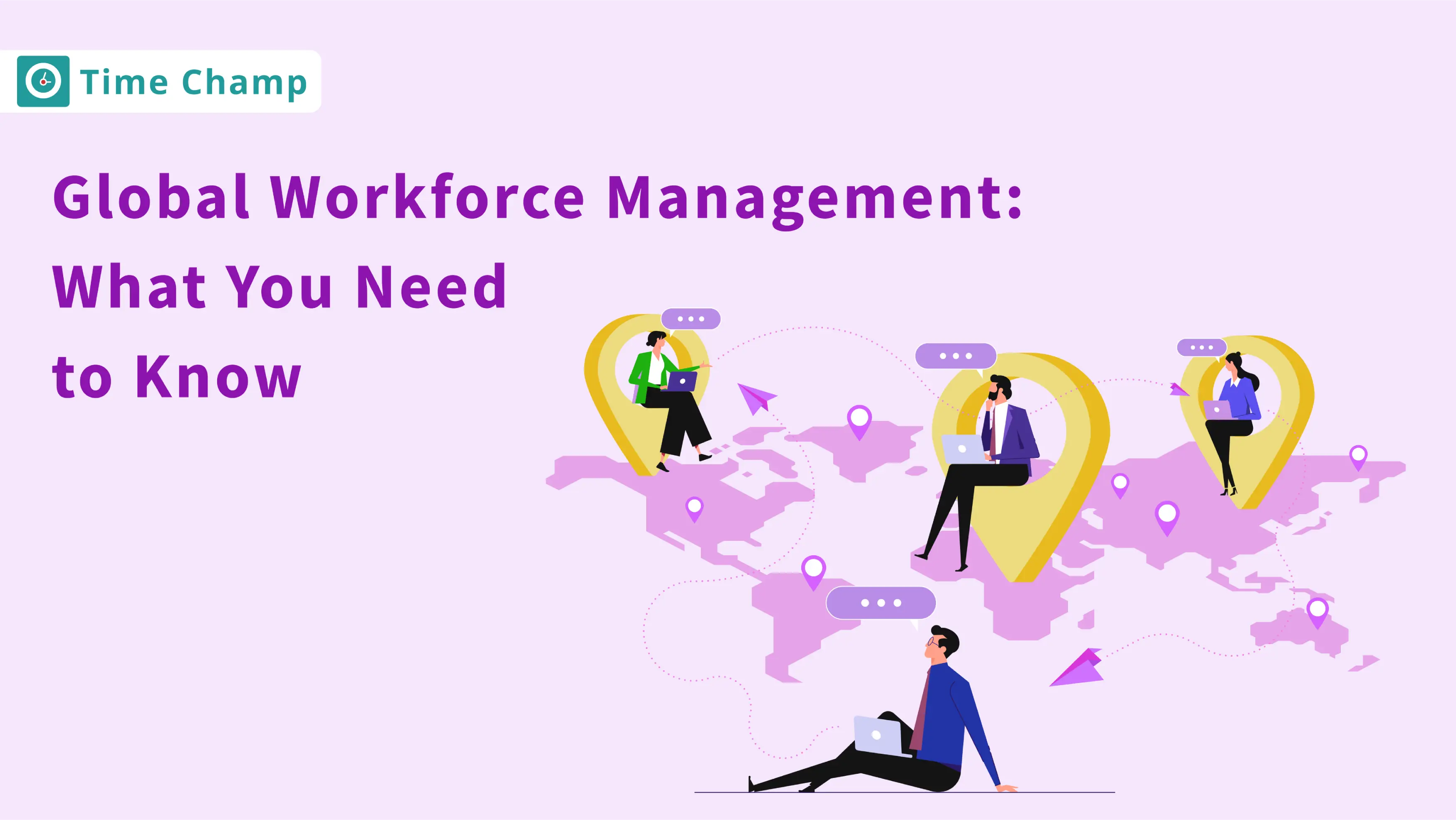By 2025, your organisation is increasingly dependent on a digital workforce. A blend of human workers equipped with sophisticated digital tools and smart software to boost efficiency, teamwork, and creativity. Deloitte reports that 73% of organisations worldwide are investing heavily in digital workforce solutions this year, highlighting the importance of effective management in achieving business goals.
As hybrid and remote work models become the norm, you need strategies and solutions that boost productivity, streamline processes, and support data-driven decision-making. Digital workforce management is now essential for scaling operations and maintaining a competitive edge. In this guide, you will explore what a digital workforce is, why it matters, and how you can manage and improve it to achieve sustainable success.
What Is a Digital Workforce?
A digital workforce is a combination of both human workers and smart automation technologies, including AI agents, robotic process automation (RPA), and virtual assistants, working together to execute tasks and processes. This hybrid model allows organisations to become more efficient, reduce errors, and enable employees to focus on higher-value, strategic, and innovative work.
A recent report by technavio indicates that the global digital workplace market is expected to expand by more than $709 billion between 2025 and 2029 due to the growing demand to create digital workplace experiences, enhance communication between employees, and support hybrid work.
Why a Digital Workforce is Essential
The contemporary business environment is highly tech-enabled and cannot survive without a digital workforce that is driving productivity, efficiency, and growth.
- Enhances Productivity : Digital workforce tools automate repetitive tasks and leave employees to work on high-value tasks. Organisations that use digital workforce management have recorded productivity growth of up to 40%.
- Cost Efficiency : Automation saves on operational costs and resource wastage, which allows companies to spend their budgets more wisely.
- Seamless Collaboration : Digital workforce solutions enable hybrid and remote working by enhancing communication, task tracking, and knowledge sharing.
- Data-Driven Decision Making : The insights provided by digital workforce management systems enable leaders to make informed decisions, streamline workflows, and achieve better results.
- Enhances Employee Experience : Employees are more satisfied and motivated by the reduction of repetitive tasks and the provision of digital tools to improve engagement.
How to Build a Digital Workforce Strategy
Managing and engaging the external workforce is more important than ever. According to the MIT Sloan / Deloitte survey, 86% of organisational leaders believe that effectively managing external contributors, such as contractors, freelancers, and consultants, is critical to their success. Below are the key steps to manage and engage your external workforce effectively:

To build an effective digital workforce strategy, you need a structured approach that balances technology, people, and processes. It ensures that organisations achieve the maximum value from automation and retain employees who are engaged and focused on business objectives.
Assess Current Capabilities
The first step is to assess your current tools, the skills of employees, and workflows. This evaluation assists in recognising strengths and weaknesses where digital solutions or automation can bring the greatest value. It also provides a baseline on which future improvements can be measured.
Define Business Objectives
A strategy should be aligned with organisational goals. Be clear on what the business desires to accomplish, whether it’s reducing costs, enhancing productivity, or improving customer experience. The establishment of quantifiable goals will ensure that all digital efforts contribute to the overall growth.
Select the Right Tools
The selection of an appropriate digital workforce management system is essential. Find platforms that combine automation, collaboration, monitoring, and analytics capabilities. A report by Gartner estimates that 50% of large companies will depend on digital workforce platforms to operate a hybrid team and automate work by 2025.
Upskill and Train Employees
The successful use of technology can only be achieved when employees are ready to utilise it. Training programs, workshops, and role-specific instructions can be provided to employees to help them adopt digital tools. Long-term adaptability is also achieved by encouraging continuous learning.
Measure and Optimise
Finally, you should measure performance through important metrics such as productivity rates, ROI, and employee engagement. Frequent reviews and analytics-based insights can be used to refine the strategy and make sure that digital workforce initiatives remain valuable.
How to Manage and Improve Digital Workforce

To effectively manage and enhance a digital workforce, a balance between technology, strategy, and people-centred efforts is necessary. Through the appropriate practices, companies can unlock productivity, compliance, and improved employee engagement and remain future-ready.
Smart Resource Allocation
Allocate tasks according to the skills and availability of the employees to make sure that the resources are used efficiently and that teams are not overworked. This approach also helps identify skill gaps and informs better workforce planning for future projects.
Automation & Technology Integration
Implement digital workforce management software to automate attendance, shift scheduling, and performance tracking to be more accurate and transparent. Integrating technology in daily operations reduces manual errors and frees employees to focus on higher-value tasks.
Data-Driven Decision Making
Perform real-time analytics and dashboards to detect productivity trends, reduce downtime, and optimise workforce planning. Leveraging these insights allows managers to make proactive decisions that enhance operational efficiency.
Continuous Training & Upskilling
Train employees regularly using digital platforms to ensure that they are up to date with changing skills requirements and industry innovations. Consistent upskilling also fosters a culture of learning and keeps your workforce competitive in a fast-evolving market.
Employee Engagement & Well-being
Promote open communication, monitor engagement rates, and implement wellness programs to make the workforce more motivated. Prioritising engagement and well-being contribute to higher retention, job satisfaction, and overall organisational performance.
What Are the Key Digital Workforce Trends in 2025?
As businesses continue to evolve amid rapid technological transformation, the digital workforce trends of 2025 highlight a shift toward smarter automation, data-driven decision-making, and people-centric practices. Such trends are defining the way organisations grow and remain competitive.
- AI-Driven Workforce Management - Artificial intelligence is enabling predictive scheduling, productivity monitoring, and skill-based task allocation..
- Hybrid and Remote Work Models - Flexible work arrangements are still a priority, and digital tools can help to overcome collaboration barriers.
- Focus on Employee Well-being - Organisations are combining workforce analytics and wellness programs to minimise burnout and turnover.
- Real-Time Data & Analytics - Companies are using dashboards and metrics to track performance and make proactive decisions.
- Upskilling Through Technology - Digital platforms are facilitating ongoing training in response to changing skill needs.
How Do Digital Workforce Solutions Help Businesses Scale
Digital workforce solutions enable organisations to optimise processes, improve productivity and better manage employees. Automation of tasks, including attendance tracking, shift scheduling, and performance monitoring, enables businesses to minimise errors, manage labour costs, and make smarter staffing decisions. This scalability allows businesses to respond swiftly to market shifts and maintain steady productivity.
Using tools such as Time Champ, organisations can see how the workforce performs, the usage of apps and URLs, and the overall engagement of employees in real-time. These insights not only assist in the detection of inefficiencies but also provide the basis of long-term growth. With the help of automation and analytics, companies are able to grow without losing compliance, transparency, and employee satisfaction.
Conclusion
The digital workforce of 2025 is transforming the way your organisation operates, competes, and grows. By combining human talent with automation, analytics, and advanced digital platforms, you can achieve new levels of productivity, cost efficiency, and employee engagement. However, your success depends on creating the right strategy, choosing effective tools, and continuously upskilling your workforce to stay future-ready.
With tools like Time Champ, you gain the visibility and control needed to optimise resources, streamline workflows, and empower your employees in a hybrid, digital-first environment. Today, implementing digital workforce management helps you achieve long-term scalability, strengthen resilience, and secure a lasting competitive advantage in the modern business environment.
Frequently Asked Questions
A digital workforce enhances customer satisfaction directly by minimising delays, facilitating faster responses and providing personalised services.
Cybersecurity guarantees that sensitive employee and business information is secured during the utilisation of digital tools, minimising the risk of breaches and compliance challenges.
Yes, automation and remote work solutions minimize the use of paper, commuting, and energy, assisting organisations in achieving green and ESG goals.
The best way to measure ROI is by tracking metrics like cost savings, reduced downtime, productivity, error reduction, and overall scalability, giving a clear view of the digital workforce’s value.









